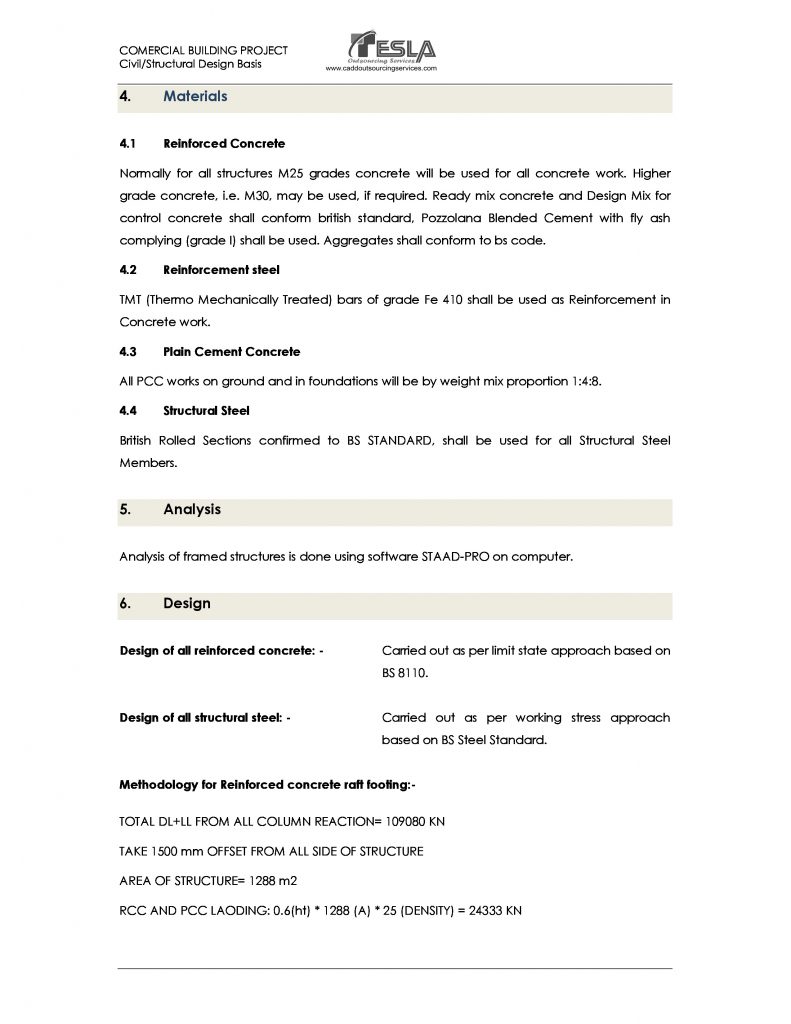Structural Analysis – for analyzing your building strength

In recent times, Structural BIM Services have immensely flourished in construction industry due to the rapid booming of this industry. As the world population keeps growing exponentially, demands of people are also increasing proportionally. Hence, demands for new building construction for residential, commercial and industrial purposes are ever increasing.

Brief on Structural Analysis
Structural analysis, one of the prime parts of structural services, is a process which helps to determine as well as analyze the post implementation effect of various types of loads on a building structure and its related internal components. It is basically a mathematical algorithm which assists engineers to observe as well as compute the responses i.e. internal stress resultants, forces, displacements and deformation within the structure of a building due to the effects of the applied loads.
Structural analysis method is executed to determine a building’s strength i.e. how a building will react under various instances of load like natural forces of earthquake, cyclone, storm, rain, etc. It is performed on various types of structures, such as:
- Buildings
- Automotive structures
- Furniture
- Ship structures
- Structural bridges
- Machinery
- Aircraft structures
- Electrical transmission system structures
- Towers, Tanks
The concept of structural analysis is related to engineering mechanics, mathematics and physics. It is required to perform effective comprehensive analysis on different types of structures across various engineering industries like Mechanical, Construction, Civil, Shipbuilding, Aerospace, Automotive, etc.
Types of Load
Generally two types of loads are considered in designing and analyzing any building structure, – Dead Load and Live Load. Dead Load refers to the weight of different structural members including their connected members. Examples of Dead Load are the weight of beam, column, wall, joist, truss, etc. Live Loads are the loads of such components whose weight varies according to their magnitude and location. Live Loads include man-made loads like highway bridge loads, railway bridge loads, river bridge loads, construction loads as well as natural loads like storm loads, snow loads, earthquake loads, rain loads etc.
Tesla Outsourcing Services provides you a one-stop-solution in delivering top-notch structural services at affordable rates. We have thorough expertise in performing structural analysis accurately including all types of load analysis i.e. Dead Loads as well as Live Loads.

